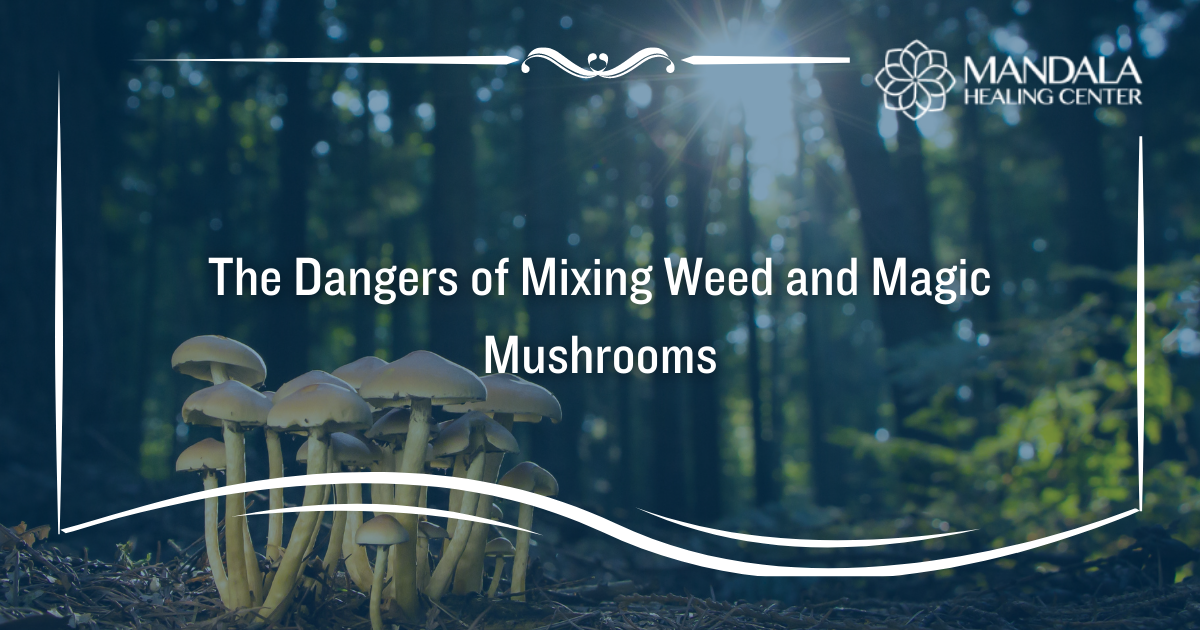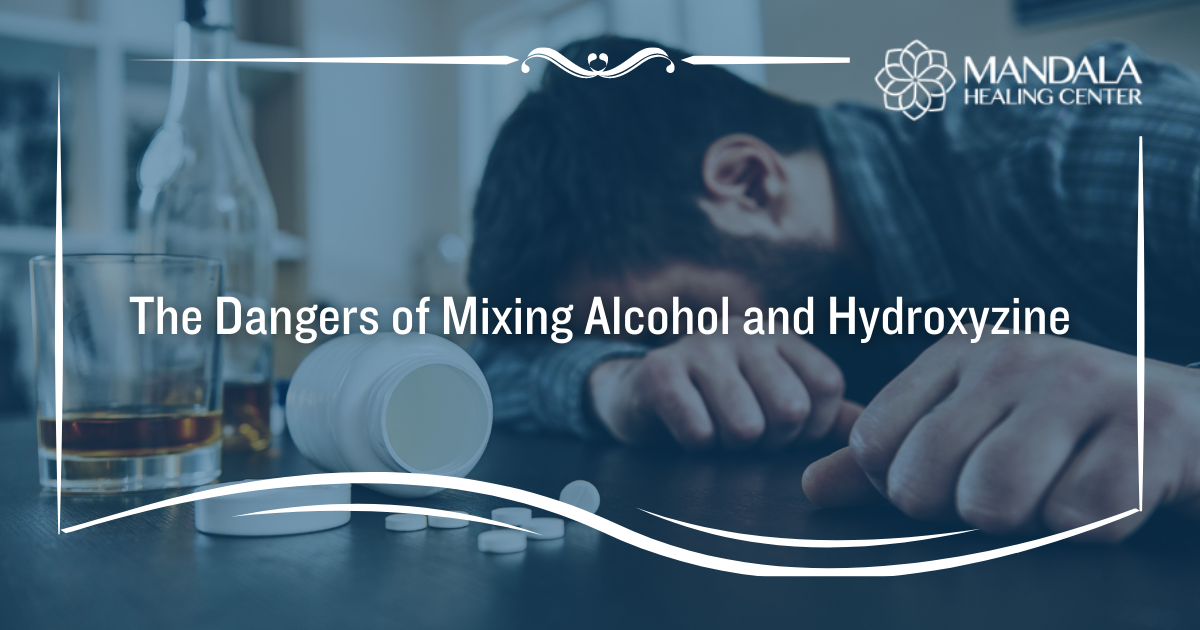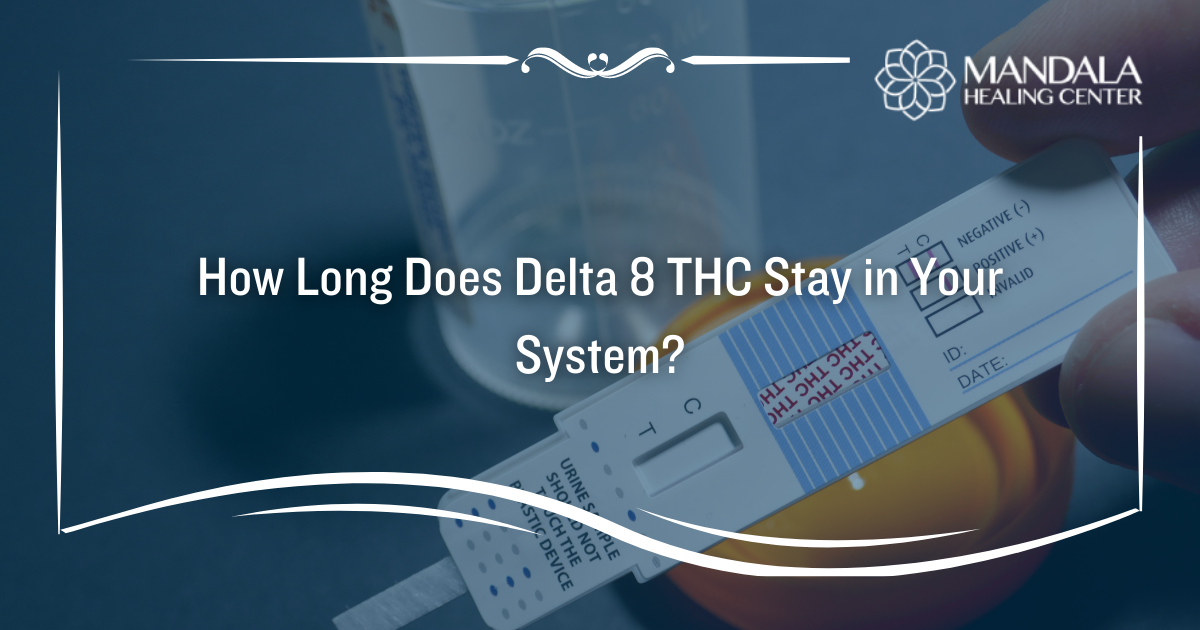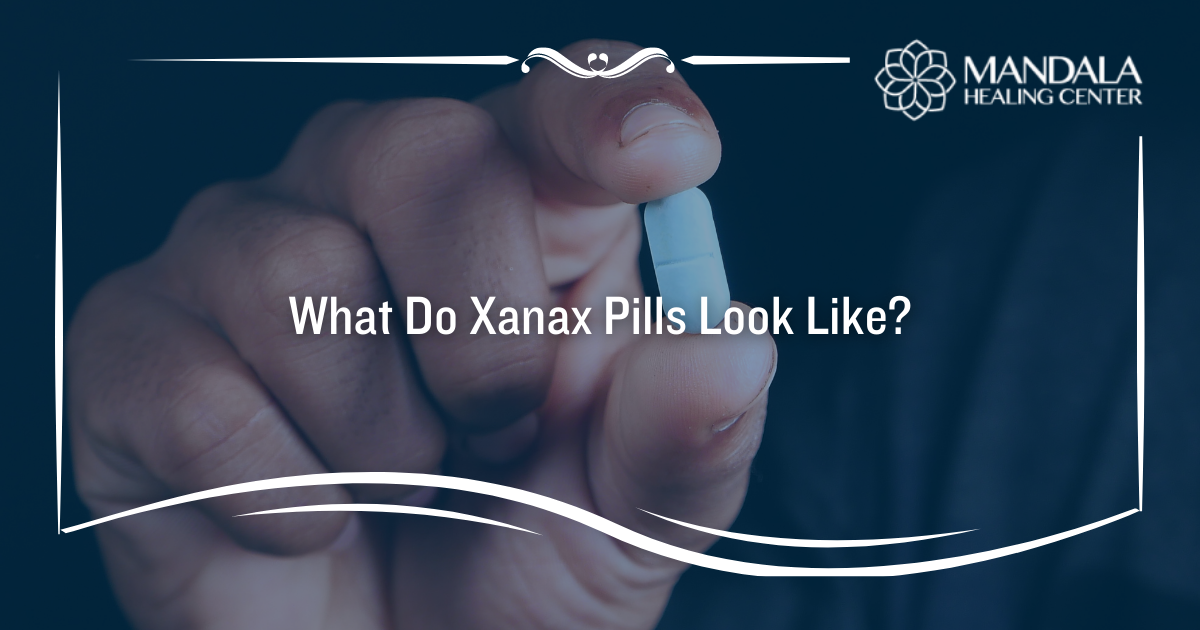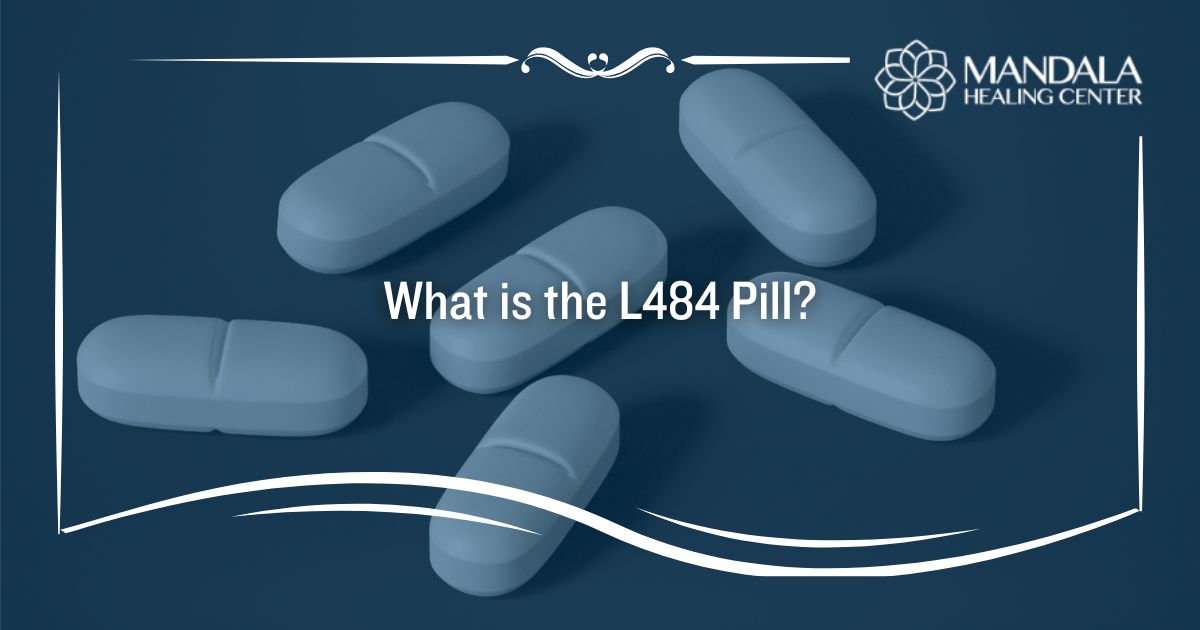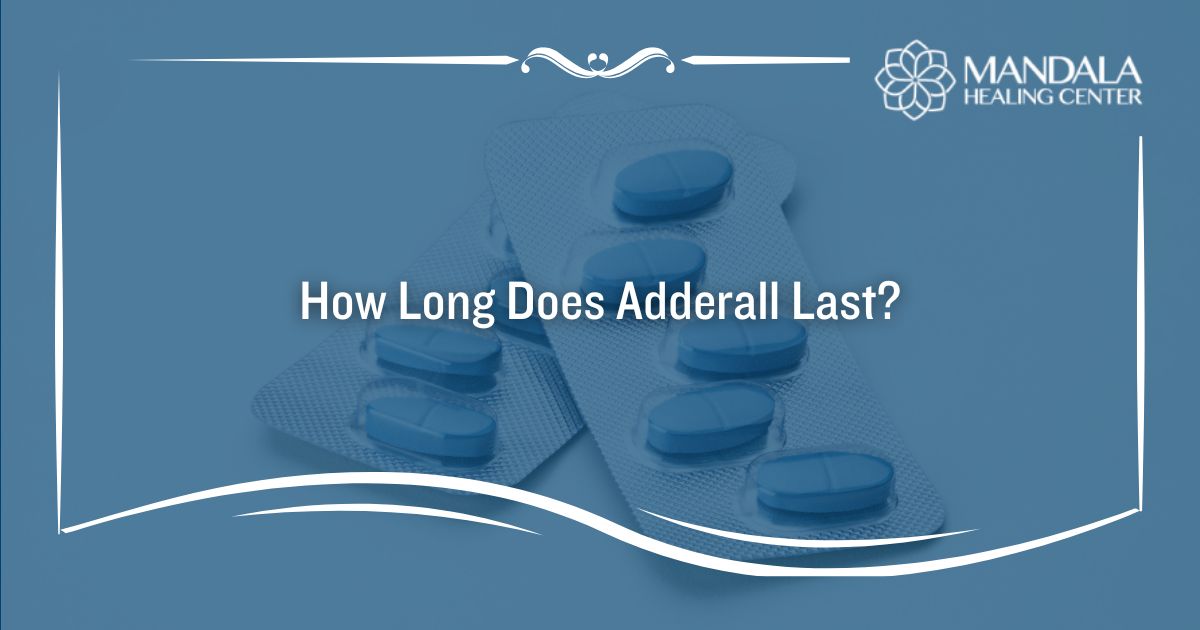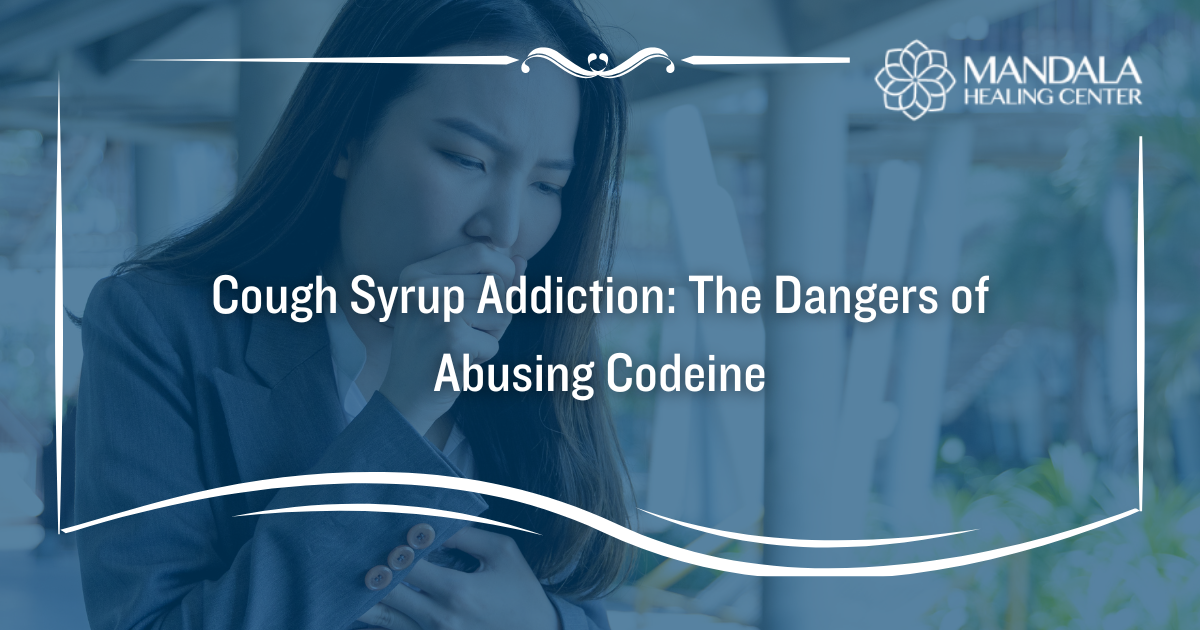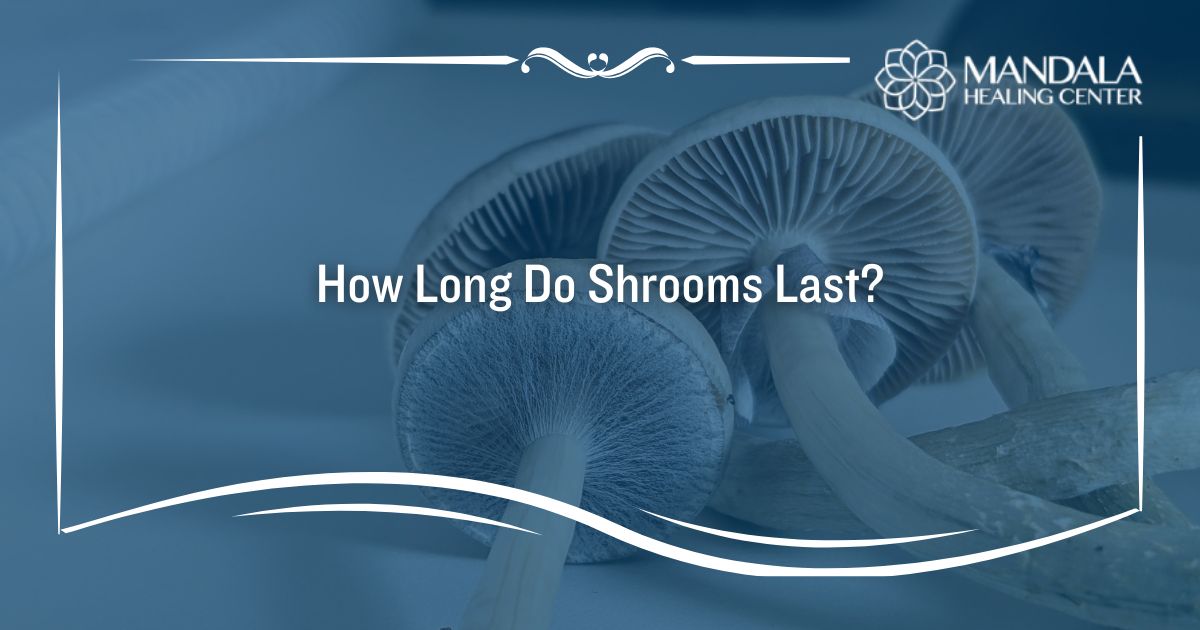While many states across the U.S. have legalized marijuana for medicinal and recreational use, like alcohol, there are still risks associated with excessive use.
Many people debate whether weed is addictive, however, the National Institutes of Health warns individuals that marijuana use disorder is, “often associated with other substance use disorders, behavioral problems, and disability.”[1]
Because marijuana use disorder is a condition that individuals who heavily consume weed are at risk of developing, experiencing withdrawal symptoms is also a high possibility for these people. In other words, marijuana addiction is possible.
With that being said, individuals who use this substance must be aware of the negative effects they risk and what the marijuana withdrawal timeline looks like.
What are the Negative Effects of Marijuana?
According to the National Institute on Drug Abuse, “Substantial evidence from animal research and a growing number of studies in humans indicate that marijuana exposure during development can cause long-term or possibly permanent adverse changes in the brain.”[2]
Some of the negative effects associated with marijuana abuse include:
- Memory problems
- Issues with attention and decision making
- Cognitive deficits
- Increased risks of stroke and heart disease
- Increased risk of impulsive behaviors
- Greater risk of anxiety, depression, and other substance use disorders
- Risk of harm (like cognitive deficits) to developing fetuses for pregnant women
Because of the risks associated with excessive marijuana use, individuals abusing this substance should seek professional help to quit.
Quitting Weed: A Timeline of Withdrawal
While most people view weed as a harmless, non-addictive substance that causes feelings of euphoria and episodes of laughter, this substance is habit-forming. Because marijuana is addictive, individuals who quit using this substance after a period of heavy consumption will experience symptoms of withdrawal.
The common withdrawal symptoms associated with marijuana dependency include:
- Anger
- Anxiety
- Mood swings
- Aggression and irritability
- Restlessness
- Shakiness
- Insomnia
- Decreased appetite
- Nausea
- Stomach pain
With that being said, let’s take a look at the marijuana withdrawal timeline.
1 to 3 Days
Withdrawal symptoms will begin somewhere between 1 to 3 days after an individual’s last use. Typically, early symptoms of withdrawal include irritability and feeling edgy.
During this time, the lungs will begin to heal. However, the lungs will continue healing for several years until they are back to normal. Depending on how frequently and for how long an individual smoked, some irreversible lung damage may be observed.
2 Days to 1 Week
The withdrawal symptoms of marijuana will begin to peak between 2 days to 1 week after an individual’s last use. Typically, physical discomfort, mood swings, anxiety, and depression are the most severe symptoms.
Somewhere between 2 days and 1 week, the brain receptors in the central nervous system (CNS) that are responsible for pleasure, motivation, and cognitive functioning will begin to return to normal functioning.
2 Weeks
After 2 weeks, most individuals will stop experiencing symptoms of withdrawal. However, sleep disturbances like insomnia and vivid nightmares may persist. This is because THC interrupts an individual’s ability to go into REM, which can be difficult to regulate after quitting marijuana.
4 Weeks to Several Months
After a month or more, the central nervous system will return to normal functioning.
Unfortunately, some individuals report experiencing insomnia for a year after quitting marijuana use. Additionally, individuals may experience cravings to use marijuana when they are reminded of their past use. This is why individuals need to be part of a recovery program.
Treating Marijuana Withdrawal and Addiction
Individuals who are addicted to marijuana and plan to get sober should attend a professional addiction treatment program. However, the type of program they attend will depend on a variety of factors. If the individual suffers from co-occurring disorders or severe issues with addiction, they should attend a continuum of care that includes detox, inpatient treatment, and sober living housing.
Treatment options for marijuana addiction include:
- Medical detox programs
- Inpatient or residential addiction treatment
- Dual diagnosis programs for co-occurring disorders
- Outpatient rehab programs
- Support groups and 12-step meetings
Medical detox helps individuals overcome their symptoms of withdrawal and readies them for the mental and emotional aspects of addiction recovery.
When individuals attend inpatient and outpatient treatment programs, they receive an array of behavioral therapies to help them recover from the psychological aspects of addiction. Oftentimes, this includes individual therapy, group counseling, family therapy, and relapse prevention planning.
Lastly, individuals who complete an addiction treatment program can opt to attend a sober living housing program. These programs help individuals smoothly transition from living in a treatment facility to living independently.
Finding Help for Marijuana Abuse and Addiction
While marijuana use is quickly becoming normalized in America, there are still risks associated with the heavy consumption of weed. Despite individuals believing that marijuana is not habit-forming, abusing this substance could lead to physical dependency, tolerance, and symptoms of withdrawal. Because of this, individuals facing the marijuana withdrawal timeline should attend a professional medical detox program.
Thankfully, Mandala Healing Center is here to help. Our addiction treatment program is individualized and inclusive, offering each patient the tools they need to maintain long-term sobriety. Contact us today to get started.
References:
- https://www.nih.gov/news-events/news-releases/marijuana-use-disorder-common-often-untreated
- https://nida.nih.gov/publications/research-reports/marijuana/what-are-marijuanas-long-term-effects-brain



